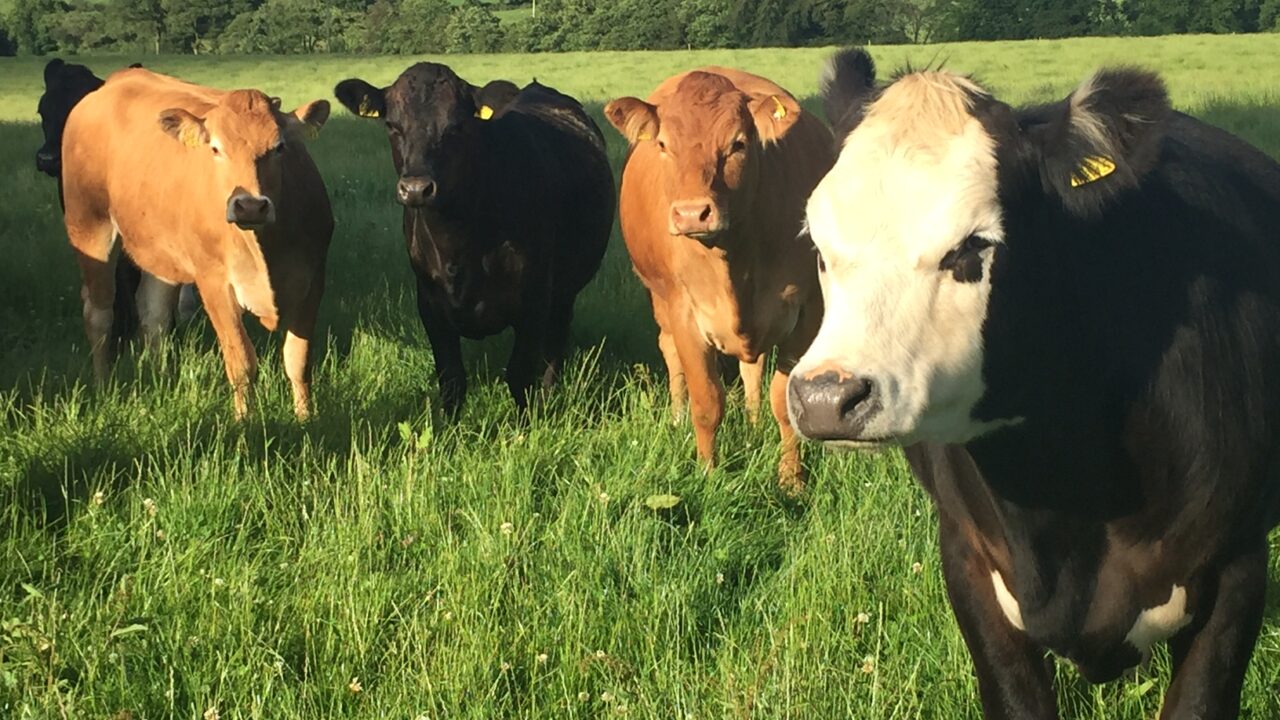There is mixed news on the farming front across Europe following the publication of the European Commission’s outlook for the coming decade, with the beef sector expected to be in for a rough few years.
The ‘EU Agricultural Outlook for Markets and Income 2018-2030’, published during the week, details the medium-term outlook for European agriculture based on macroeconomic assumptions deemed most likely to occur in the coming years.
According to the report, EU cereal prices are expected to remain fairly stable throughout the outlook period, around €170/t on average.
With EU sugar consumption forecast to decline, and production expected to stabilise after the end of production quotas in 2017, the EU will continue to be a net sugar exporter.
There is mixed news for the livestock sector, with the industry expected to benefit from steadily growing global demand and affordable feed prices, according to the report, though future prices are not overly optimistic.
Meat consumption is expected to stabilise before falling slightly. By 2030, EU meat production is expected to remain at 48 million tonnes.
This will be driven by changes in consumer preferences, export potential, profitability and, for beef, changes in the dairy sector.
Although overall EU meat consumption is declining, still 90 % of EU meat production will be consumed domestically.
However, production is expected to decrease again, due to a number of factors including: the shrinking cow herd; low profitability; declining beef demand; and strong export competition, despite the opening of niche markets.
After several years of stabilisation, EU sheep and goat meat production is expected to recover slightly. This is due to improved returns for producers, maintenance of coupled support and sustained domestic demand.
As EU pigmeat consumption declines in the outlook period, additional quantities are expected to be shipped to world markets, mostly China, despite strong competition from the US and Brazil.
Poultry meat is the only meat for which both EU production and consumption are expected to expand significantly – with both likely to increase by approximately 4 % between 2018 and 2030.
Supported by continued growth of global demand, the EU will increase its exports thanks to the valorisation of different cuts of poultry meat and offal and a wide portfolio of destinations.
Elements such as Brexit and CAP reform were not taken into account in the report due to the ongoing nature of both, according to the rapporteurs.
